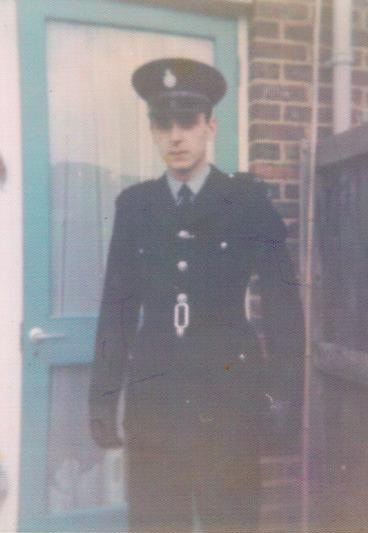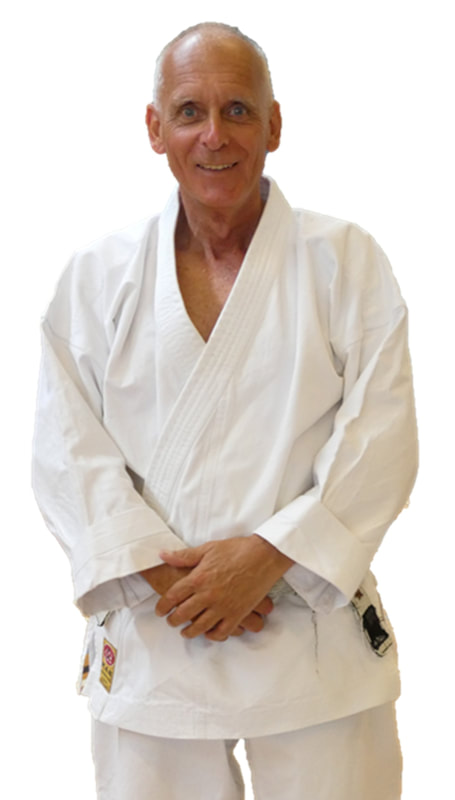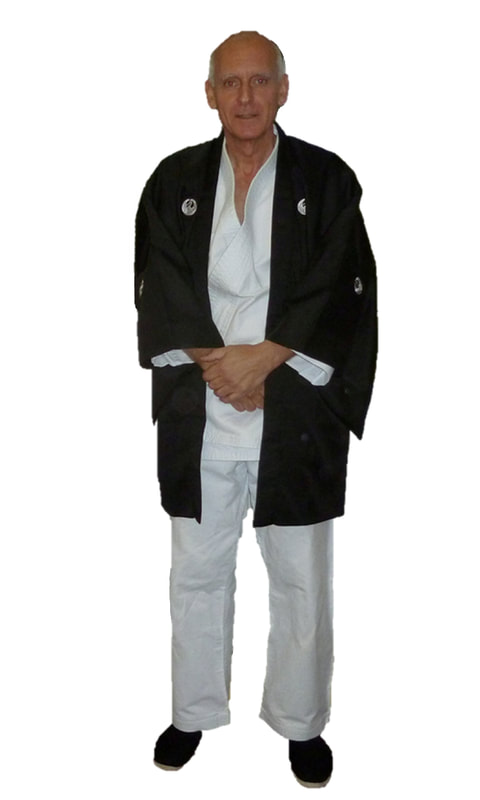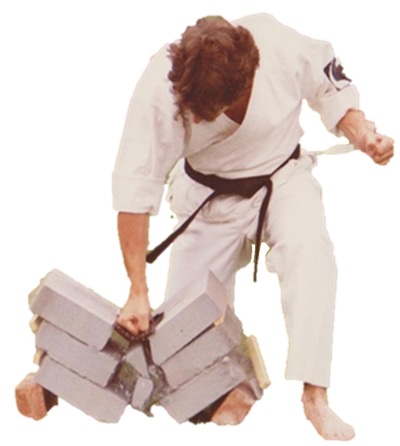The Chief Instructor of British Wadokai
Gary Swift, was born in Plymouth (Devon) on the 6th April 1956 and has been active in Martial-arts since the age of 10, when starting Judo and Ju-Jutsu in 1966.
He started training in 1966 and Wadoryu, at the age of 16, under Sensei Tatsuo Suzuki Hanshi’s United Kingdom Karate-do Wadokai (formerly the United Kingdom Karate-do Federation) in 1973; his first instructor being Sensei Michael Rapley, now 8th Dan Renshi, who himself was also one of Suzuki Hanshi’s earliest generation of Black-Belts.
In 1999 he joined Wadokai England under Kuniaki Sakagami 7th Dan, where he became Kata Coach and General Secretary of the JKF-Wadokai England until 2008.
Today he is President & Chief Instructor of British Wadokai (BWK) and Founder-President of the British Wado Federation (BWF), which is the only official National Governing Body in the United Kingdom for autonomous Wado Karate under the International Wado Federation (IWF).
Holder of numerous titles and ranks within martial-arts including 8th Dan in Wado-ryu Karate, 2nd Dan in Korean HoSinsul Hapkido and 1st Dan in Malaysian Taekwondo (Thoi-kuen-do).
Gary Swift has also had the honour of training and being graded under the Founder of Wado-ryu, Ohtsuka Hironori Meijin 10th Dan, in 1976.
Japanese Wado instructors include/d (but not limited to): Tatsuo Suzuki 8th Dan Hanshi (27th April 1928 – 12th July 2011), Ohtsuka Hironori Meijin 10th Dan (1st June 1892 – 29th January 1982), Katsumi Kobayashi 7th Dan, Masafumi Shiomitsu 9th Dan Hanshi, Yoshitsugu (Yoshi) Shinohara 8th Dan Shihan, Tadayuki Maeda Sensei, Toru Takamizawa 7th Dan Shihan (dec.), Kuniaki Sakagami 7th Dan, Masahiro Yanagawa 8th Dan, Kengo Sugiura 8th Dan (dec), Toru Arakawa 9th Dan, Koji Okumachi 7th Dan, Shingo Ohgami 8th Dan, Katsumi Hakoishi 8th Dan, Mizuho Ashihara 8th Dan, and Ohtsuka Hironori (II) Saiko-Shihan 10th Dan.
During the closing ceremony of the 2007 WadoEXL Gary was awarded the prestigious Commemorative Award for the ‘Promotion and Preservation of Wadokai and Wado-ryu Karate’; an honour he will always be proud of.
Gary Swift Hanshi also holds membership within the Japan Karate Federation Wadokai (JKF-Wadokai) Japan.
 Serving Police Officer from 1974 to 1982
Serving Police Officer from 1974 to 1982
City & Guilds within Security Services & Law.
Graduate Diploma in Law (GDL).
PhD (Hons).
Contact details. Gary Swift Hanshi.
57 South Hill, Hooe, Plymouth, Devon. PL9 9PT.
Telephone: (Plymouth) 01752-493210
Email; Please visit Contact Page
Official British Wadokai Website: britishwadokai.co.uk
Wadoryu Karate was created in 1924 and introduced into the UK by Suzuki Tatsuo Hanshi in 1963, under the direct guidance of Ohtsuka Hironori Meijin (Founder of Wadoryu Karate). Suzuki Sensei was Ohtsuka Meijin’s most senior Instructor and was given the responsibility of setting up Wado under the Japanese Karate Federation throughout the whole of Europe; the forerunner to the Federation of European Wadokai (FEW).
The organisation that Suzuki Hanshi founded in the UK, upon his return in 1965, was first known as the United Kingdom Karate-do Federation (UKKF), later to be known as the United Kingdom Karate-do Wadokai (UKKW). This first Wado was still guided and maintained by Ohtsuka Meijin’s own ‘authentic’ Wado karate-do at that time.
My own Wado was a result of this direct lineage from Ohtsuka Meijin through Suzuki Hanshi, and has never been influenced by any other Wado outside of the UKKW – At the time I knew of no other Wado. In 1976, during the visit from Ohtsuka Meijin to England, I trained under Ohtsuka Meijin and attempted to attend all the courses that he conducted while he was over here. Many of the techniques I learnt from him ‘first hand’ have never been changed or altered. The concept of Nagashizuki and many of the Kihon-gumite have been ingrained into me from that visit. My 4th Kyu grading was conducted by Ohtsuka Meijin, and I am privileged and honoured to have his signature still on my UKKF licence from that day.
In 1982 Ohtsuka Meijin passed away, and left behind a great legacy for all of us to follow. However, following his passing, there was split after split within the Wado fraternity and Wado took on many different directions.
Soon after this, Wado had another big split, this time with the parting of Suzuki Hanshi (and other Japanese Instructors) from what was then, and now, the Wado Renmei.
In British Wadokai we still train with the original syllabus, which also includes the Sanbon-gumite, which are very much misunderstood today, and in many Wado schools they have even been removed completely, which is such a shame as they can reflect so much of the original Ju-Jutsu aspects and principles within them (continual contact, distancing, entering, etc.).
The Ohyo-gumite, which encourages aspects of free-fighting; another very important aspect of all Wado. Again, these are often misunderstood and have been taken out by many Wado Schools. However, saying this, some schools have replaced the original Ohyo-gumite with some more up-to-date competition versions, which also reflect some of these similar concepts within them.
I have been very privileged and fortunate to have learnt so much from the many Japanese Wado Instructors throughout my time, and I have added to the training many new aspects, such as Tanto-dori, Idori, Muto-dori, etc.
British Wadokai is what it is, ‘British Wadokai’ – no more, no less; this is from where the Wado of today has evolved.
“A flower will not bloom unless it has the roots to support it.” Gary E Swift.



